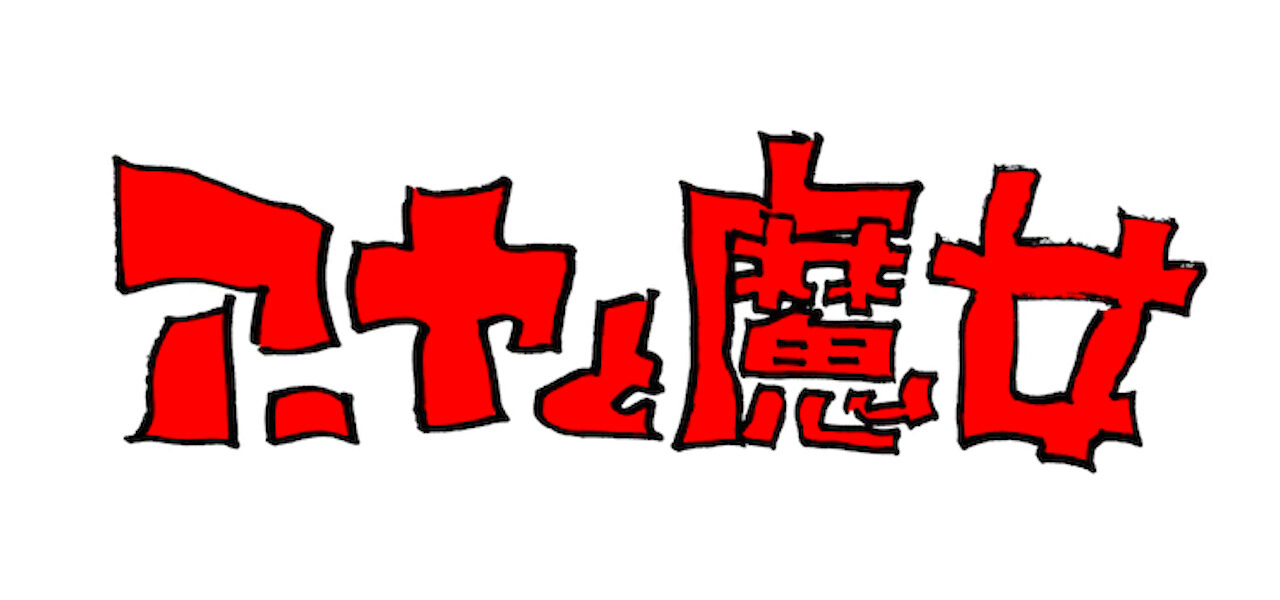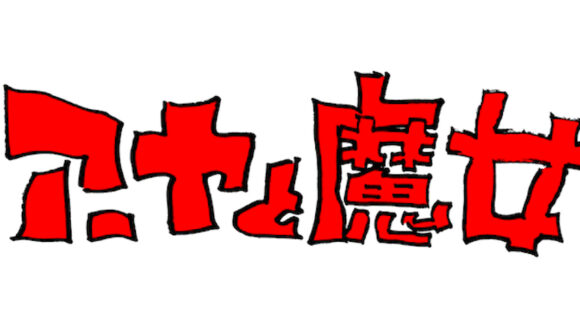

Studio Ghibli Reveals New Details About ‘Aya And The Witch,’ Its First CG Feature
Anime powerhouse Studio Ghibli has announced new information about Miyazaki’s forthcoming feature. That’s Goro Miyazaki, not his better-known father Hayao (who’s also at work on a feature).
Here’s the low-down on Aya and the Witch:
- The film is based on Earwig and the Witch, a children’s novel by Diana Wynne Jones (whose novel Howl’s Moving Castle inspired the 2004 film of the same name by the elder Miyazaki). It will be the renowned studio’s first feature to be fully cg-animated.
- The novel follows Earwig, an orphaned girl who runs into trouble after being adopted by a witch, and uses her exceptional smarts to take control of the situation. Ghibli hasn’t revealed whether or how it will change the story. Hayao Miyazaki is credited for the movie’s “planning,” which suggest that he was pivotal in the narrative development.
- Toshio Suzuki, the longtime Ghibli producer, has admitted that he initially doubted whether the film would play well in the current pandemic. “Then I realized that one stand-out feature of the film is Aya’s cleverness,” he added. “And if you are clever you can survive in any period of history. Thinking that, I felt relieved.”
- Aya and the Witch will air on NHK, Japan’s national broadcaster, on an unspecified date in winter 2020. NHK and NEP (NHK Enterprises) co-produced the film.
- There are currently no plans to release the film theatrically in the country, and no distribution details for other territories have been announced. But it has been selected as part of Cannes’s official line-up, even though the festival will not be held as usual this year.
- Goro Miyazaki previously directed two features at the studio, Tales from Earthsea and From Up on Poppy Hill. He also helmed the series Ronja the Robber’s Daughter, which was cg-animated by Polygon Pictures and co-produced by Ghibli.
- Meanwhile, production on Hayao Miyazaki’s hand-drawn feature How Do You Live? continues at its own idiosyncratic pace. In December, Suzuki reported that, after three years’ work, it was around 15% complete.
(Image at top: the film’s Japanese title.)
